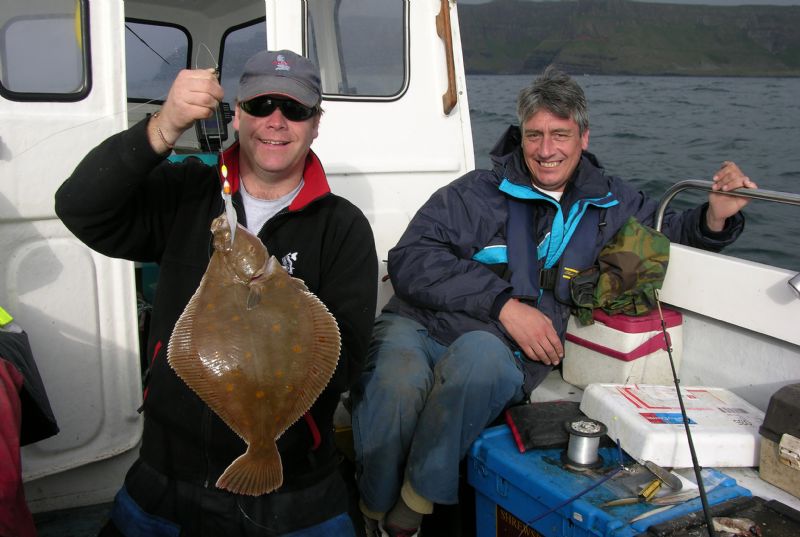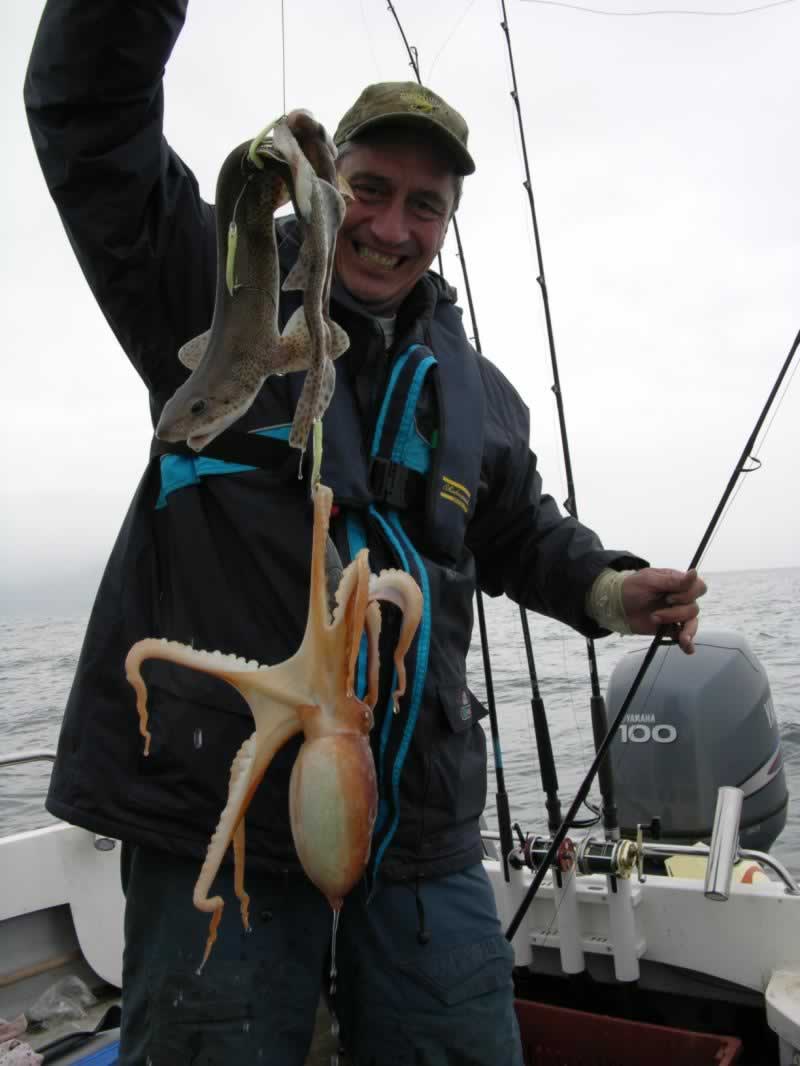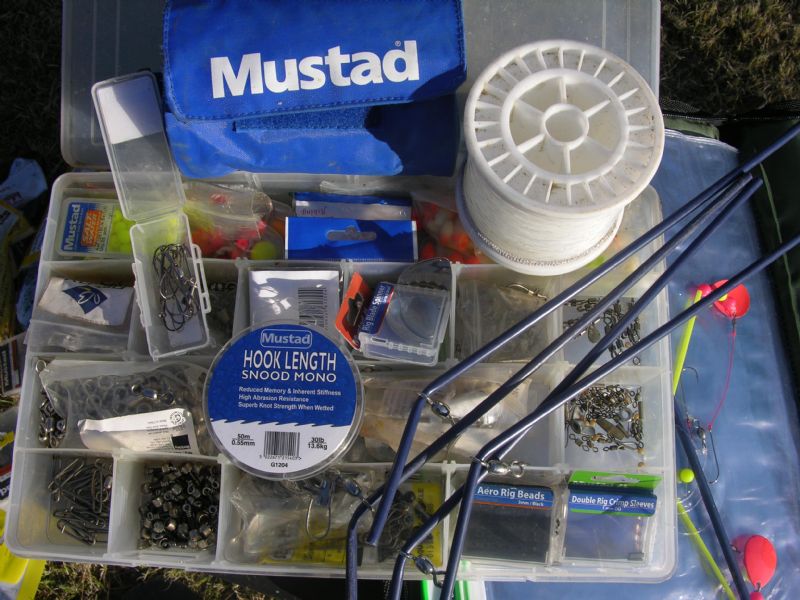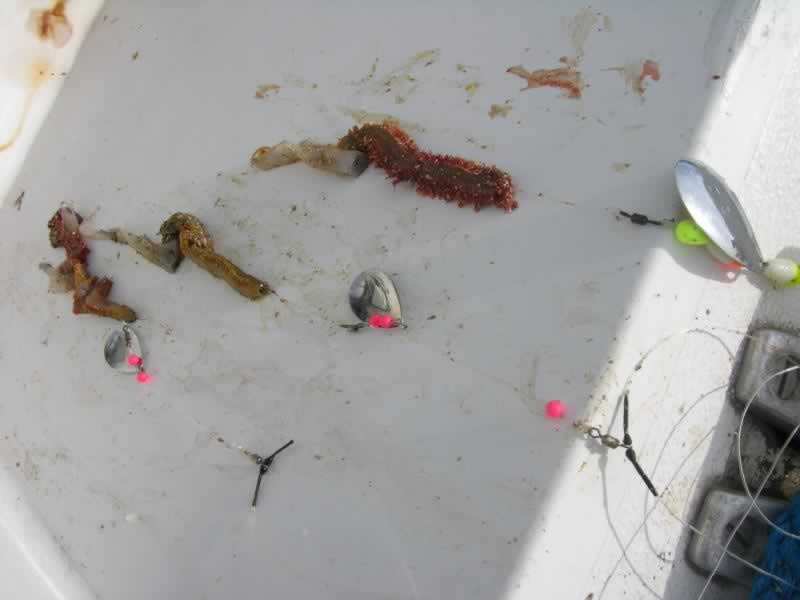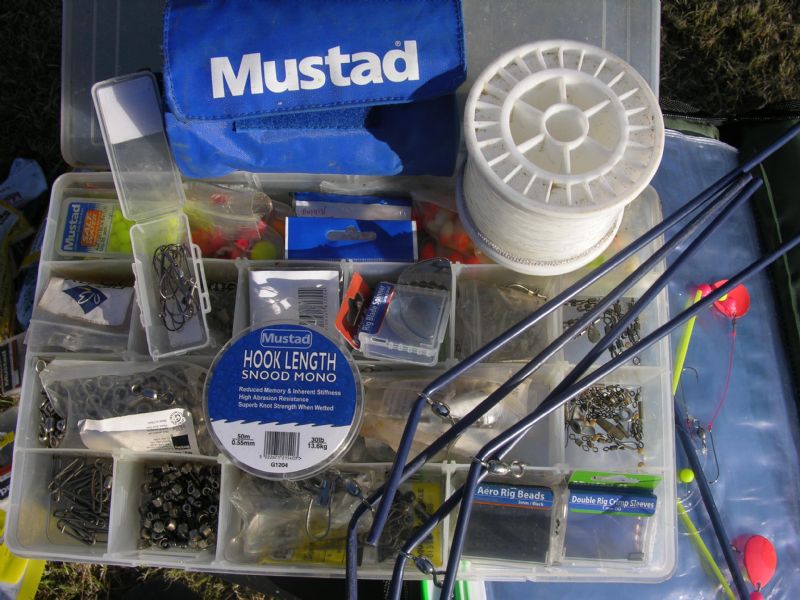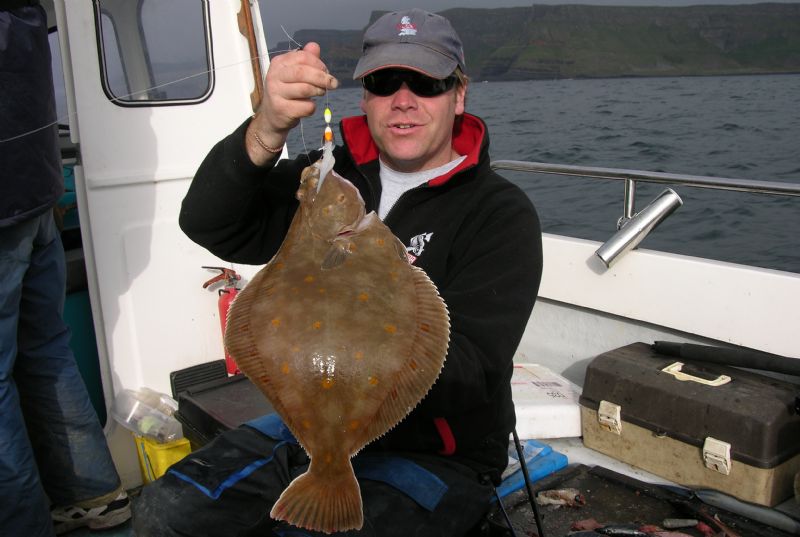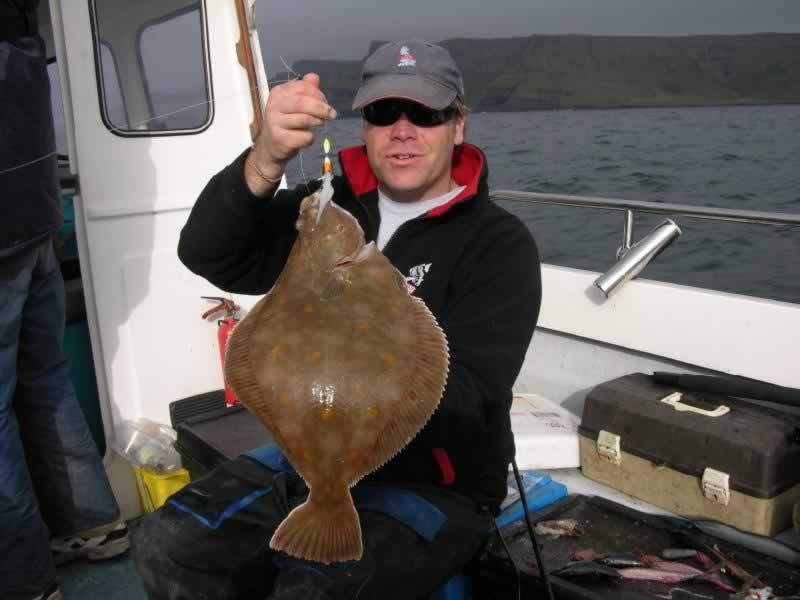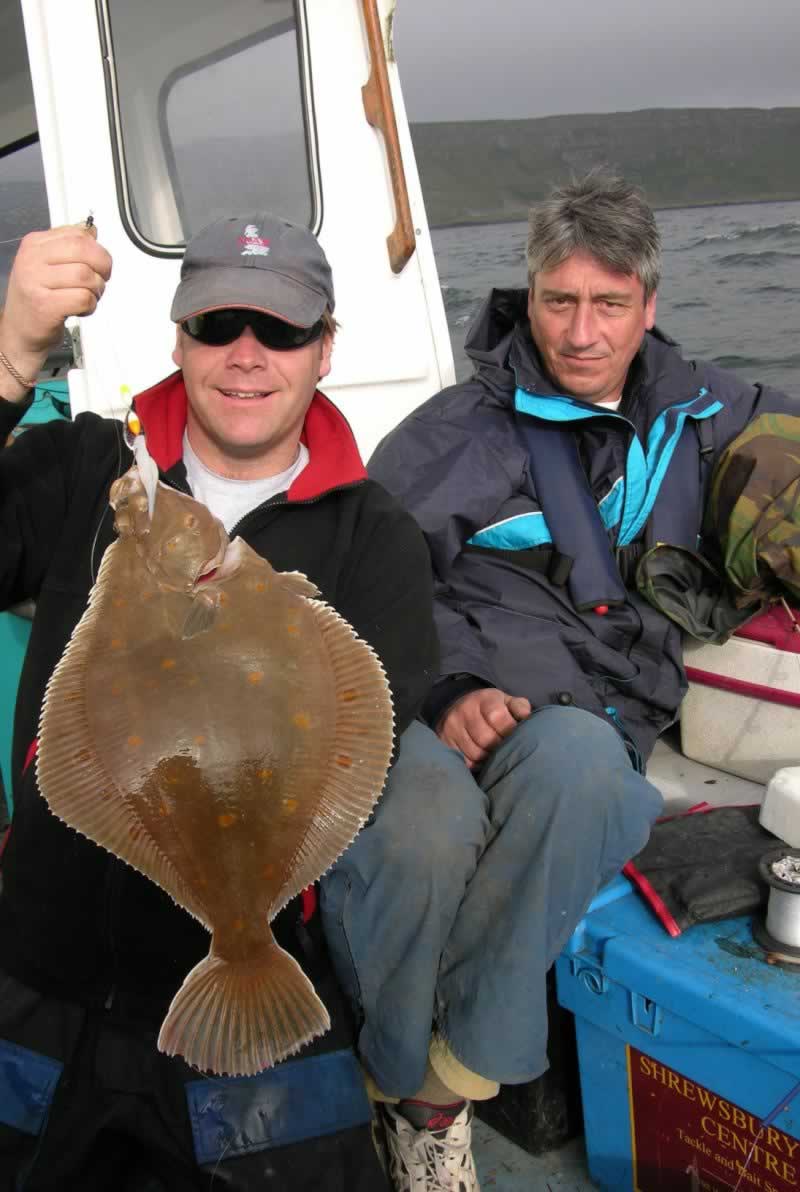Specimen Hunting Series Part 5 Plaice
The Plaice Challenge
Latin name
Pleuronectes platessa
Irish record, 8.23 pounds, taken at Ballycotton pier by Edmund Cull on 23.1.82
Specimen weight, 4 pounds.
The trip
After last month’s Carp challenge, and the editors’ demands to target something a little more challenging, I decided to pull out all the stops and target a species on the North Coast that, at specimen size, is as rare as rocking-horse manure. Certainly, twenty years ago, a four-pound plaice would be a reasonable possibilty, but heavy commercial netting has decimated this species on famous marks such as the Causeway and Balintoy Banks and venues closer to home, such as the “Captains Table” on the Ardglass bank. There are still plenty of palm-sized juveniles about; or “blazer badges” as they are affectionately called, but anything over two pounds on my local marks are considered exceptional!
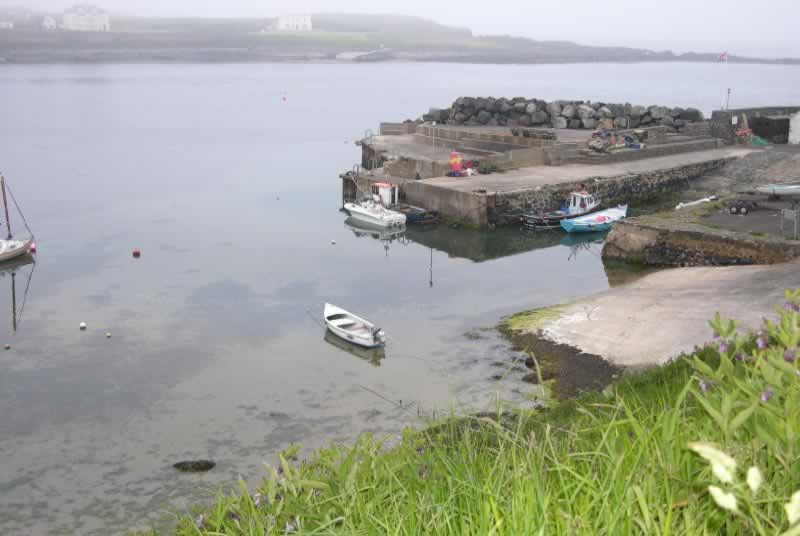
The idyllic harbour of Portbalintrae, North Antrim Coast
With no option but to drag my boat up to the Antrim Coast, I decided on launching at Portbalintrae, an old, picturesque harbour that I have used many times in the past. On this occasion, I had the company of Dave Craig and Joe Wilson, two long-time angling mates. With the boat launched and engine warmed, we were soon on our way, carefully negotiating the channel between the rocky headlands that form the natural harbour, a safe haven from the large sea swells that are common along the Causeway Bank.
Fresh Mackerel were the first priority and the half dozen or so needed for a Plaice angling session were soon caught and quickly dispatched on the way to the offshore sand bars. The view on the sounder is stunning, as these steeply undulating banks rise dramatically from two hundred feet below to seventy feet from the surface in no time at all. This gives way to spectacular over-falls during spring tides, obviously forcing all kinds of food morsels into the path of waiting predators. The major problem when targeting an individual Plaice over these sand banks is trying to filter out unwanted species such as Gurnards, Dabs and Whiting. The Whiting are a particular problem as they are partial to any Plaice bait dropped to the sea- bed, and sure enough, our first drift produced double and sometimes treble shots of twelve ounce Whiting. Dabs, Gurnard, Dogfish and under sized Codling added to the tally of species, with Plaice, our target species, typically failing to appear. This is not a complaint as it is fantastic to find plenty of life on these areas, but it does make the task more challenging.
The handy thing about using a chart plotter is the visual image, as each drift leaves a track of the course covered. This makes life incredibly easy when it comes to covering a large area. There had to be a Plaice somewhere on this sand bank and I was determined to cover every inch searching for it! Using the Lowrance Plotter, each consecutive drift allowed us to cover new ground in search of our quarry. Whiting and Dabs were abundant, but a change to long, thin strips of Calamari Squid produced the first Plaice of the day. At exactly a pound in weight, it was only a youngster, and quickly un-hooked and returned to the water.
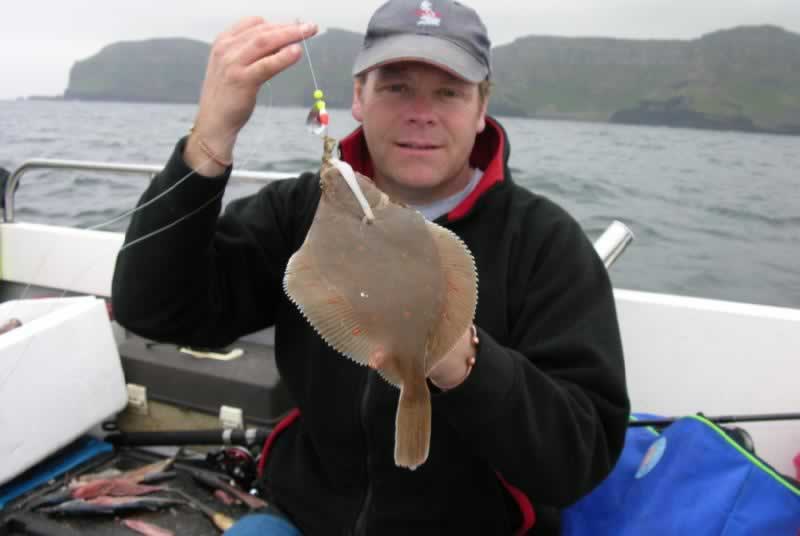
Frozen Sand eels worked to a certain degree, but I couldn’t help feeling that under water, that is exactly what they looked like, dead Sand eels! I decided to persevere with the Squid. In long, thin strips, it possessed a life like “wriggle” which seemed a great deal more attractive as it moved in the current, and with one Plaice fooled, there was always the chance to con another. The plotter allowed me to repeat the same drift again, and this time, Dave lifted into a reasonable nod on the rod tip. A Codling this time, wrong species Dave, but welcome change to the Dabs and Whiting. Big Joe lifted into a series of bites and he could not determine what the fish might be. Small wonder really, when he swung a Dogfish, Pouting and Octopus over the gunnels. That would have been an impressive call had he guessed it right!
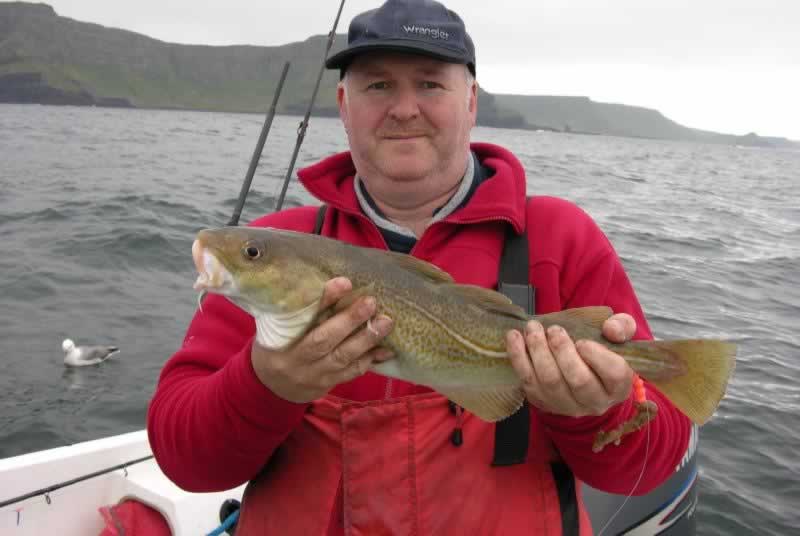
Another drift and, after a series of strong nods on the rod tip, I lifted into a fish that kicked back a great deal harder than the Dabs and Whiting. There is always an adrenaline rush when you see those big orange spots looming from the depths and this was no exception, and certainly worthy of a call for the landing net. What a fabulous looking fish, perfectly hooked, as luck would have it, in the scissors. Quickly photographed and un-hooked, the fish was bagged up and weighed. It pushed the scales round and past the three-pound barrier but unfortunately fell shy of the magical four-pound mark. Such a stunning looking fish, there was simply no way I could be disappointed, and after what seemed like an eternity, it was released to run the gauntlet of trawlers or some other, lucky angler. We continued the drifts with Dabs and Whiting devouring all baits offered, but failed to find another spotty fella!
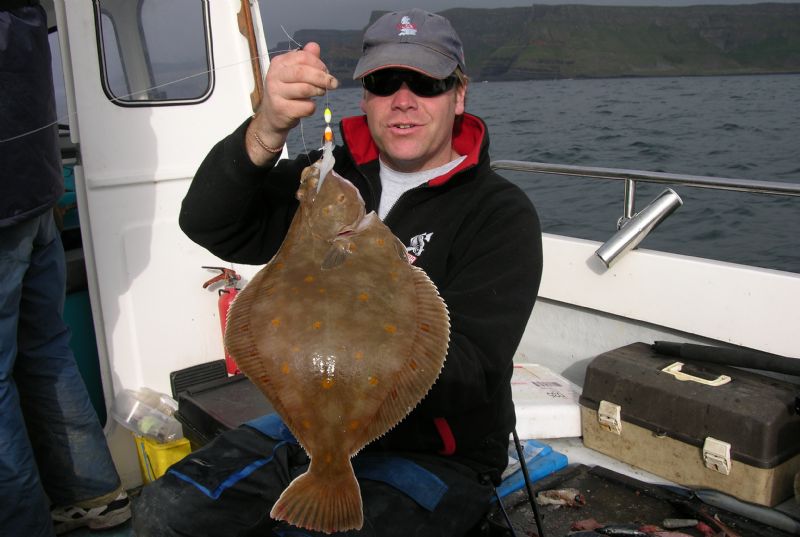
Stunning fish, ironically, this wouuld now be a specimen by todays standards
What can I say? To sum up, I failed to crack the specimen on this occasion, but that’s what specimen hunting is all about. Chasing specimen fish is made up of so many near misses that make it all the more sweeter when you finally achieve the goal. If it was easy, I would not do it, but I am glad to say that I have finally learnt that it does not matter. Our day out on the water, and that fabulous fish was, honestly, reward enough. (Just as long as I get my specimen next month!)
Bait
Plaice feed primarily on marine worms, crustaceans and small bi-valves. Larger specimens will tackle small fish and Sand eels. Bait choice should mirror their food preferences. Ragworm or lugworm tipped with Mackerel strip is a great all-rounder, and whole Sand eel, Razor fish or squid strips can sort out the quality fish. Fresh peeler crab can be useful over in-shore marks.
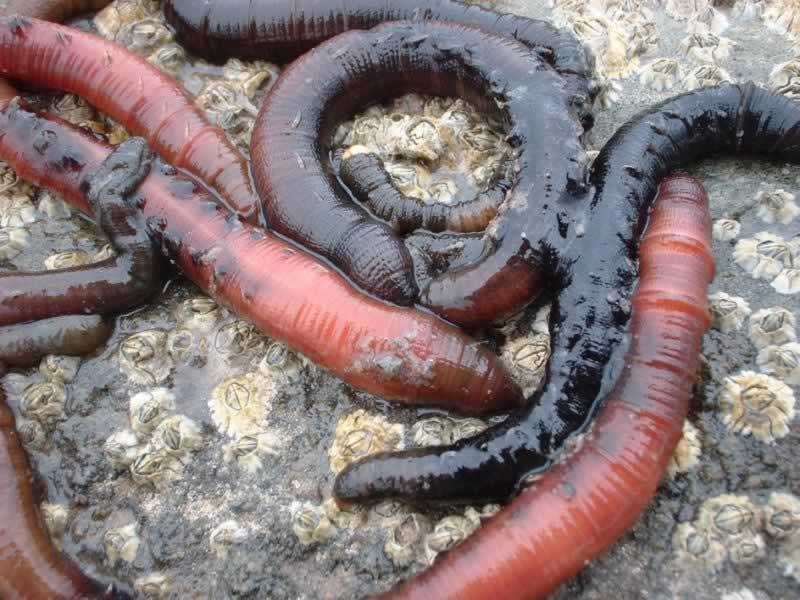
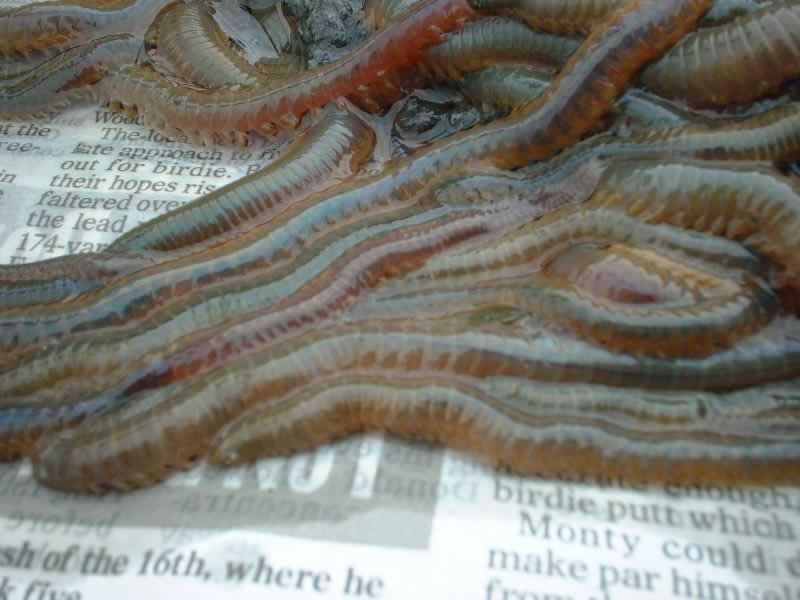
Rag-worm and Lug-worm, both versatile as Plaice baits
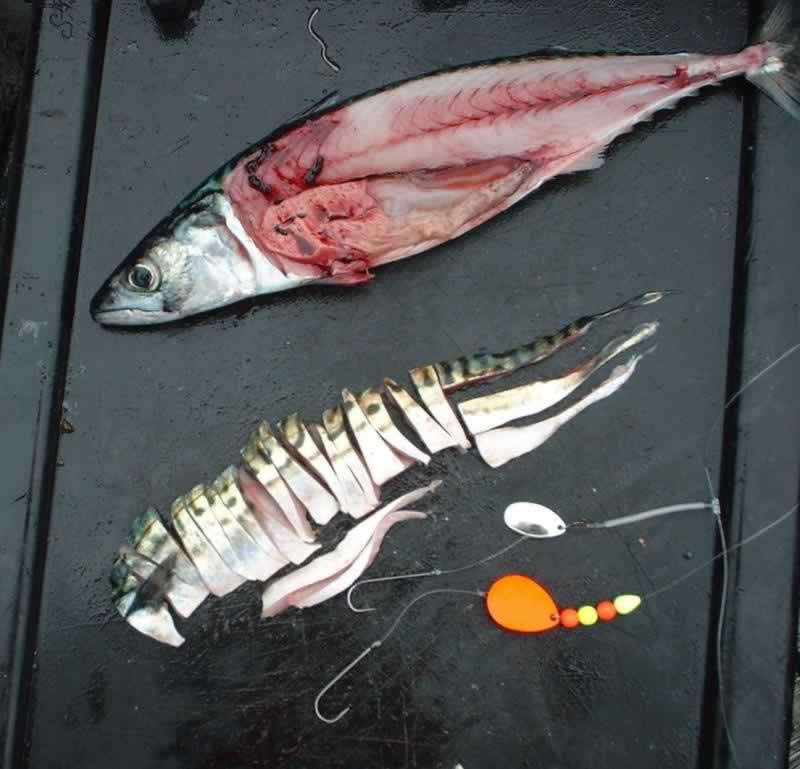
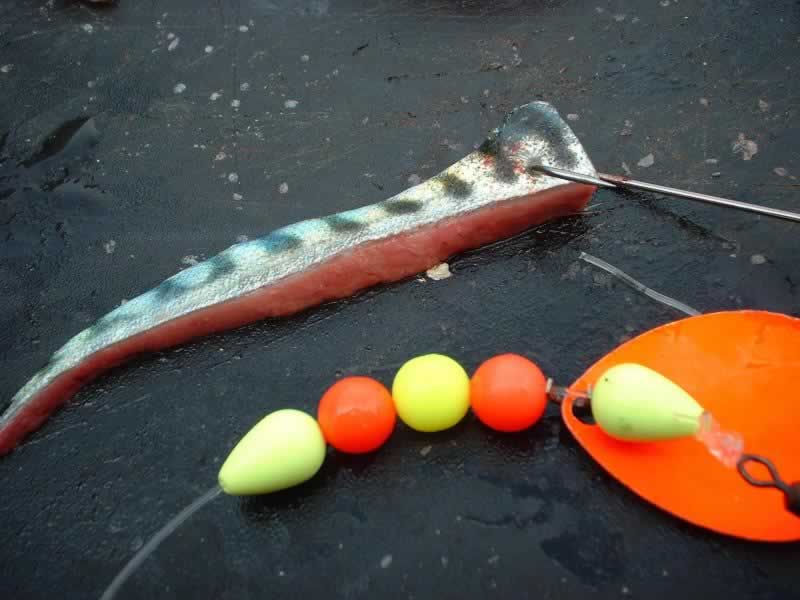
Mackerel, filleted, without waste
Tackle (boat angling)
Heavy tackle is not required unless tidal conditions and depth of water dictate otherwise. Light gear such as a twelve- pound class boat rod and matching reel will allow Plaice to demonstrate their fighting capability to the full.
Relatively light line of around twenty-thirty pounds b/s may be used, unless there is a chance of a larger Turbot or Ray that frequent the same areas. If this is the case, step up to fifty pounds b/s for safety.
Flowing traces from ten to twenty feet long, on a sliding boom are the general rig design when targeting plaice. Wishbone rigs or spreader rigs can work well on occasion. Plaice, being notably curious, will check out anything with colour, noise, vibration or items that kick up small clouds and puffs of sand. Coloured beads, rattling "booby beads" and flicker spoons can, without doubt, improve catches at times but this can only be determined through experience, trial and error. Hook sizes range from 1/0 to 3/0 depending of course on bait size. Mustad BLN or Kamasan Aberdeen patterns are excellent, as they are strong and sharp but still carry a degree of finesse for presentation.
Simple Plaice Rig, click here
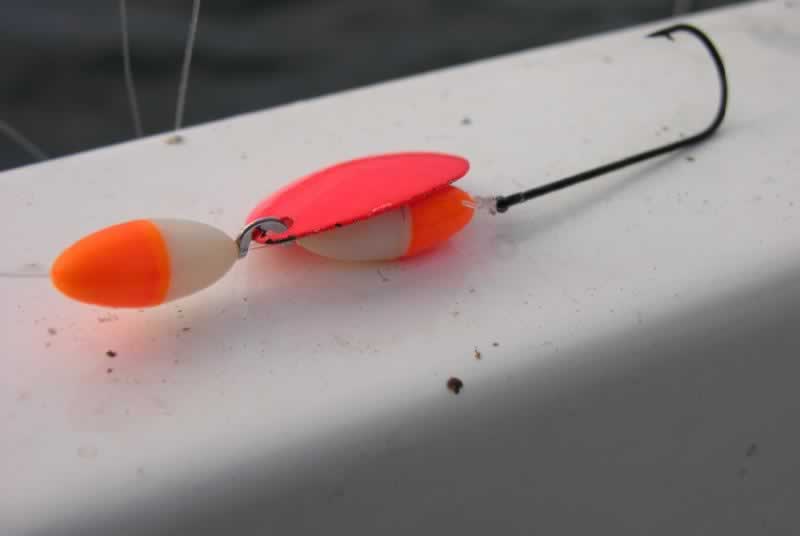
Tactics
If you do not wish to target well known Plaice marks that tend to be commercially over-fished, check local admiralty charts or, if you have one, study your chart plotter for inshore sand banks and clean ground features. Off-shore mussel beds are another good option to target if you can find them. Drift these marks on flood and ebb tides as either stage of the tide may trigger the feeding time; all venues have their own secrets that require un-locking. Plaice usually arrive in decent numbers around April- May, but are generally thin and in poor condition after spawning. A month or so over the inshore feeding grounds will bring them back to peak condition. Try to return as many as possible, as most seem to cope with depth/pressure changes quite well, and with careful handling, will survive.
Interesting facts
The average Plaice is around six years old, although they have been known to live to an impressive forty years. Females become sexually mature at three years old, and spawn between December and May at a water temperature of six degrees. With batches laid every three to five days over a period of one month, they can produce upwards of five hundred thousand eggs. These hatch after two weeks.
For two months, the fry drift with plankton, following the tidal currents where they grow and metamorphose before settling in the inter-tidal zones of sandy beaches. Over the next ten days, the body shape will further change, and they will live and feed in these areas for seven months before migrating to deeper water.
Plaice, along with Monkfish, Cod and Sole, are recognised by the World Wildlife Trust to be “outside safe biological limits” at time of writing. I am certain this list will not change but unfortunately grow longer! Record commercial landings in the early nineties have led to a dangerously low number of spawning adults. Little wonder that numbers are now unfortunately at an all-time low!




